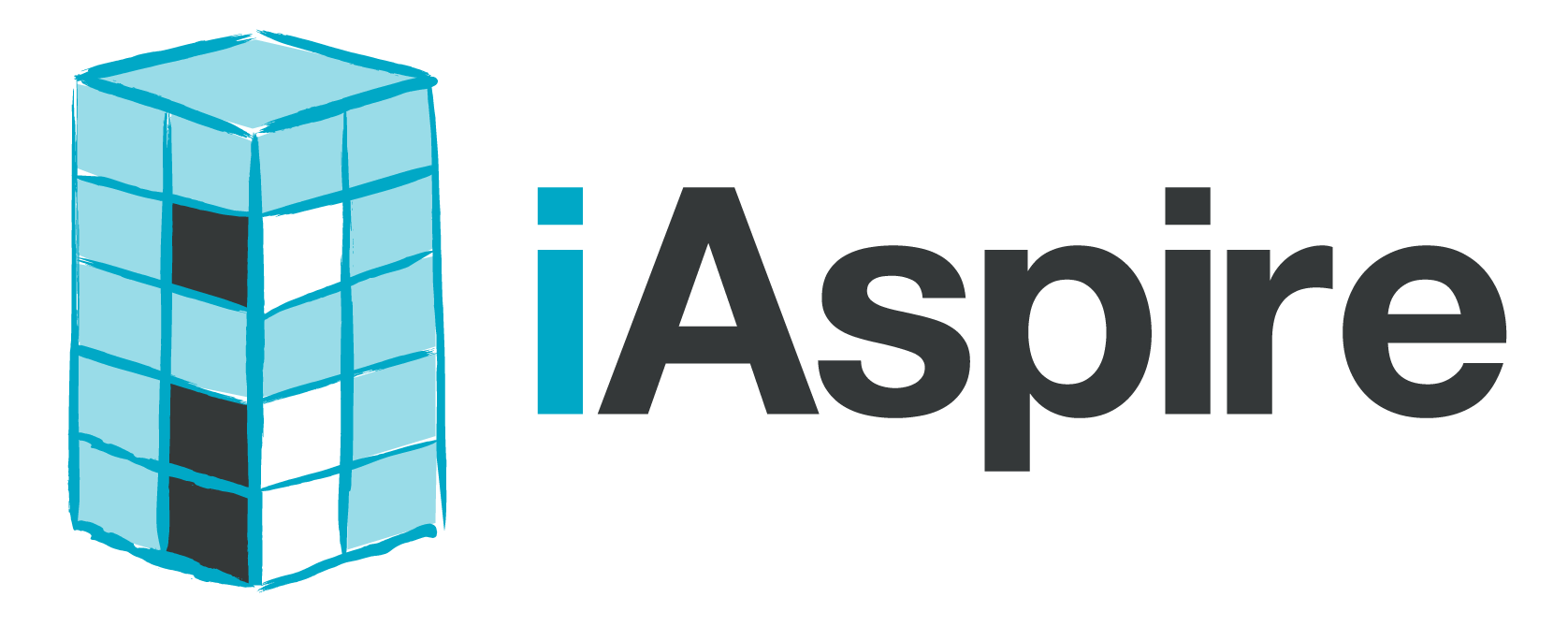What Bill Gates Learned About Teacher Evaluations and Professional Development
Have you ever wanted so badly to prove yourself right to others that you were willing to put a huge dollar amount to it? $212 million dollars is a lot of money to spend only to prove your critics right instead - but that’s exactly what happened to Bill Gates in 2016 based on the findings from the final report of the Intensive Partnerships for Effective Teaching. The aim of the project was to create teacher evaluation systems that could identify teachers who were most effective at improving student achievement.
The findings from the project were compiled independently by the Rand Corporation and came to 3 startling conclusions:
Teacher evaluations did not lead to improved student achievement.
Teacher evaluations did not lead to improved teacher effectiveness.
Teacher evaluations did not improve the retention rate of effective teachers
“Overall, the initiative did not achieve its stated goals for students, particularly LIM [low-income minority] students. By the end of 2014-2015, student outcomes were not dramatically better than outcomes in similar sites that did not participate in the IP [Intensive Partnerships] initiative. Furthermore, in the sites where these analyses could be conducted, we did not find improvement in the effectiveness of newly hired teachers relative to experienced teachers; we found very few instances of improvement in the effectiveness of the teaching force overall; we found no evidence that LIM students had greater access than non-LIM students to effective teaching; and we found no increase in the retention of effective teachers, although we did find declines in the retention of ineffective teachers in most sites.”
The report’s authors didn’t draw any clear conclusions as to why the project failed to achieve the desired results:
“Unfortunately, the evaluation cannot identify the reasons the IP initiative did not achieve its student outcome goals by 2014-2015. It is possible that the reforms are working but we failed to detect their effects because insufficient time has passed for effects to appear. It is also possible that the other schools in the same states we use for comparison purposes adopted similar reforms, limiting our ability to detect effects. However, if the findings of no effect are valid, the results might reflect a lack of successful models on which sites could draw in implementing the levers, problems in making use of teacher-evaluation measures to inform key HR decisions, the influence of state and local context, or insufficient attention to factors other than teacher quality.”
Despite the many shortcomings, the project did offer some valuable lessons and insights: teachers reported learning how to improve from the observations, and they also said the project had succeeded in helping schools measure effectiveness (but not how to increase it).
iAspire Response:
Sometimes it’s just as important to know what doesn’t work as it is to know what does work. We knew we had to dig in and help teachers and administrators create a professional learning system that gives them the results they deserve when we examined these findings. The process has to be simpler and better, and it has to directly tie into impactful professional growth and learning opportunities.
Coupled with the findings above, another study examined teachers’ views on professional development and helped shape our offering to teachers and administrators. Only 29% of teachers are satisfied with the professional development offerings in their districts.
Teachers reported that the ideal professional development experience must be relevant, interactive, teacher-driven, sustained over time, and treat teachers like professionals. In their words, coaching and collaboration are the core elements necessary for professional learning and growth.
We’re helping districts by offering research-based, contextualized micro-learning experiences throughout the school year for teachers based on their growth goals or areas of interest. Teachers also suggest that the ideal professional learning experience should focus less on presentations and lectures and more on opportunities to apply learning through demonstrations or modeling and practice. This model of coaching is intended to be a complement to the 1:1 coaching teachers might receive from instructional coaches, administrators, or peers.
It’s never been more important for schools to transform their existing professional development activities into teacher- driven and sustainable models of proven growth and advancement for teachers. 150,000 teachers are leaving US schools every year for this very reason, and they’re looking for digital solutions to address their needs for content sharing, video, and self-reflection. You can be the one to finally get this right for your teachers, admins, and students. We can help.
Click the following button to try a coaching experience delivered by the iAspire Assistant from the iAspire coaching library.

